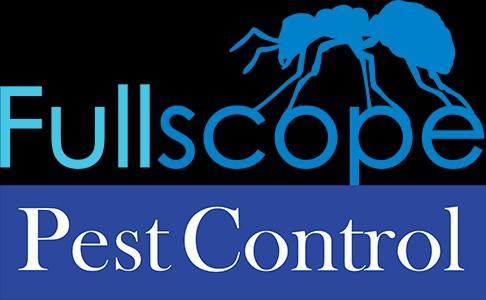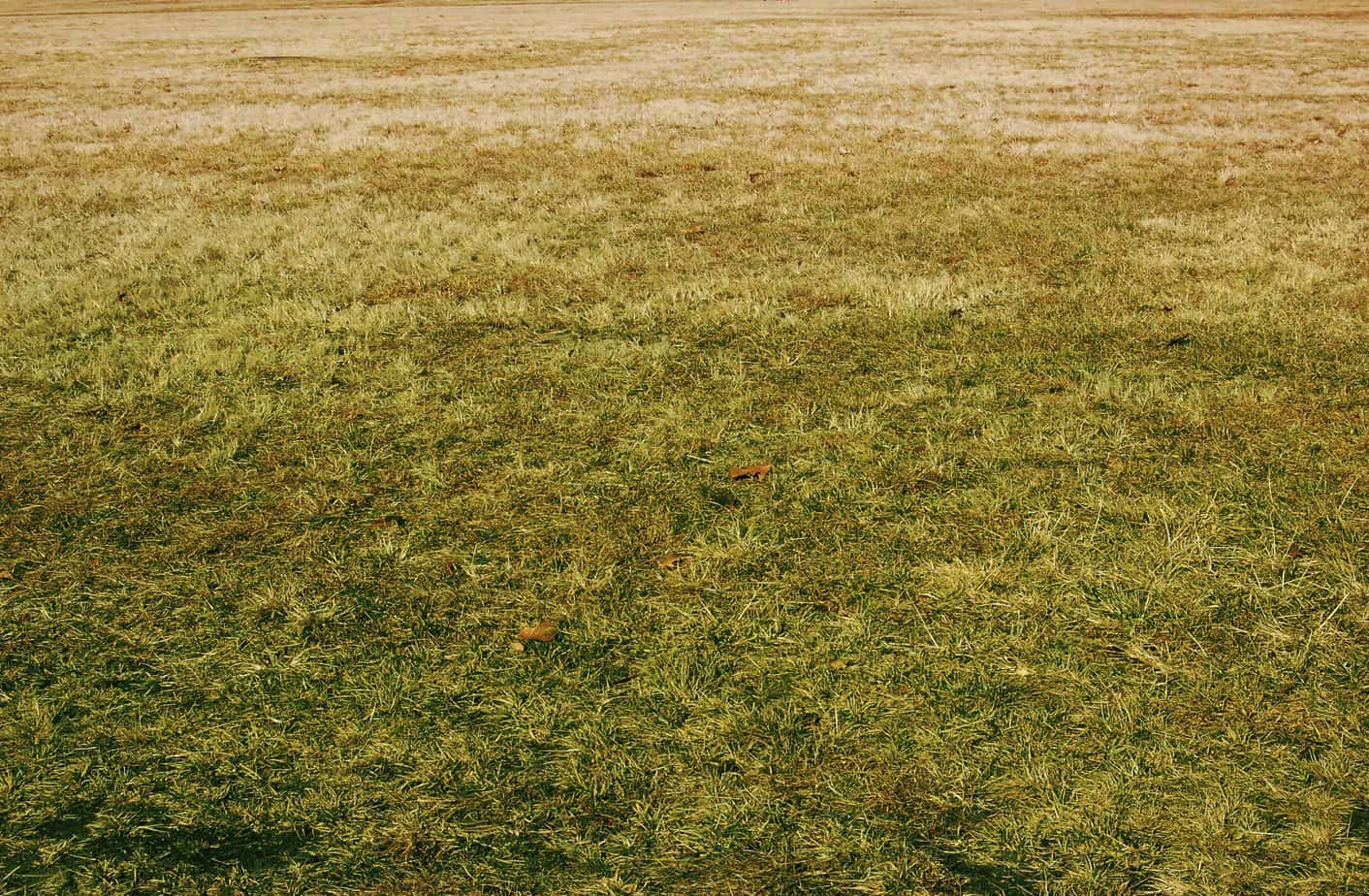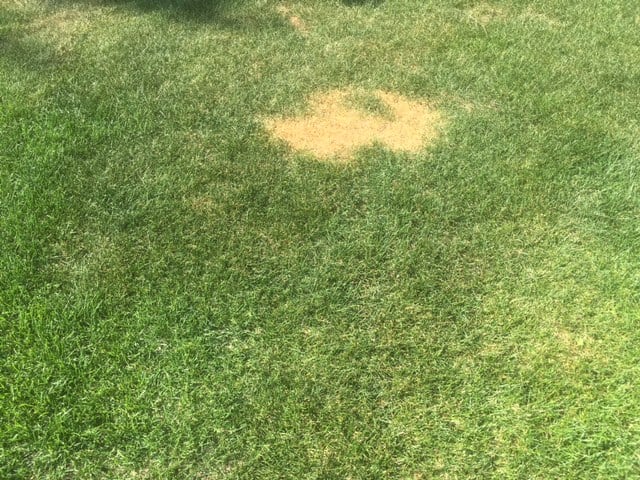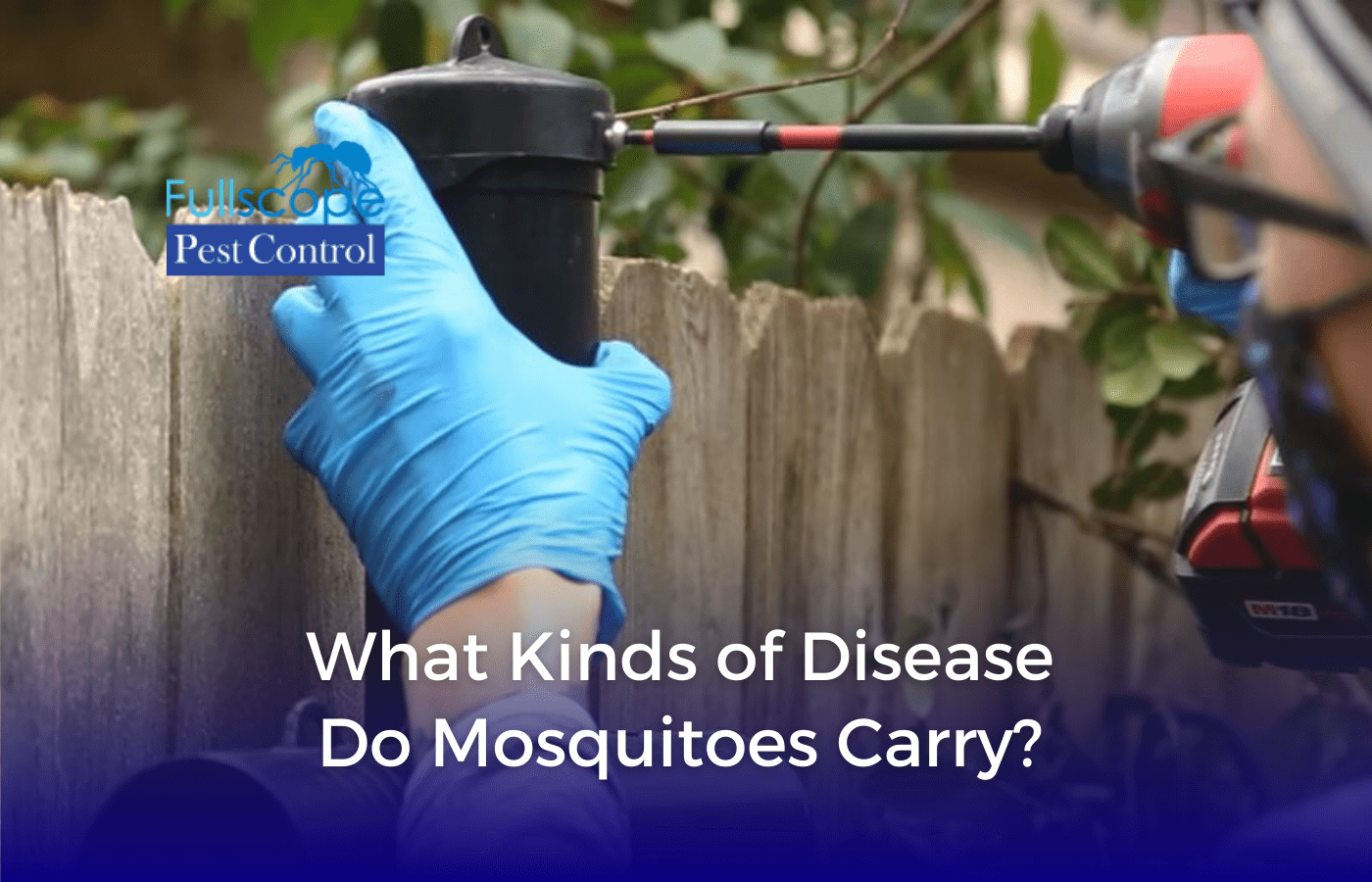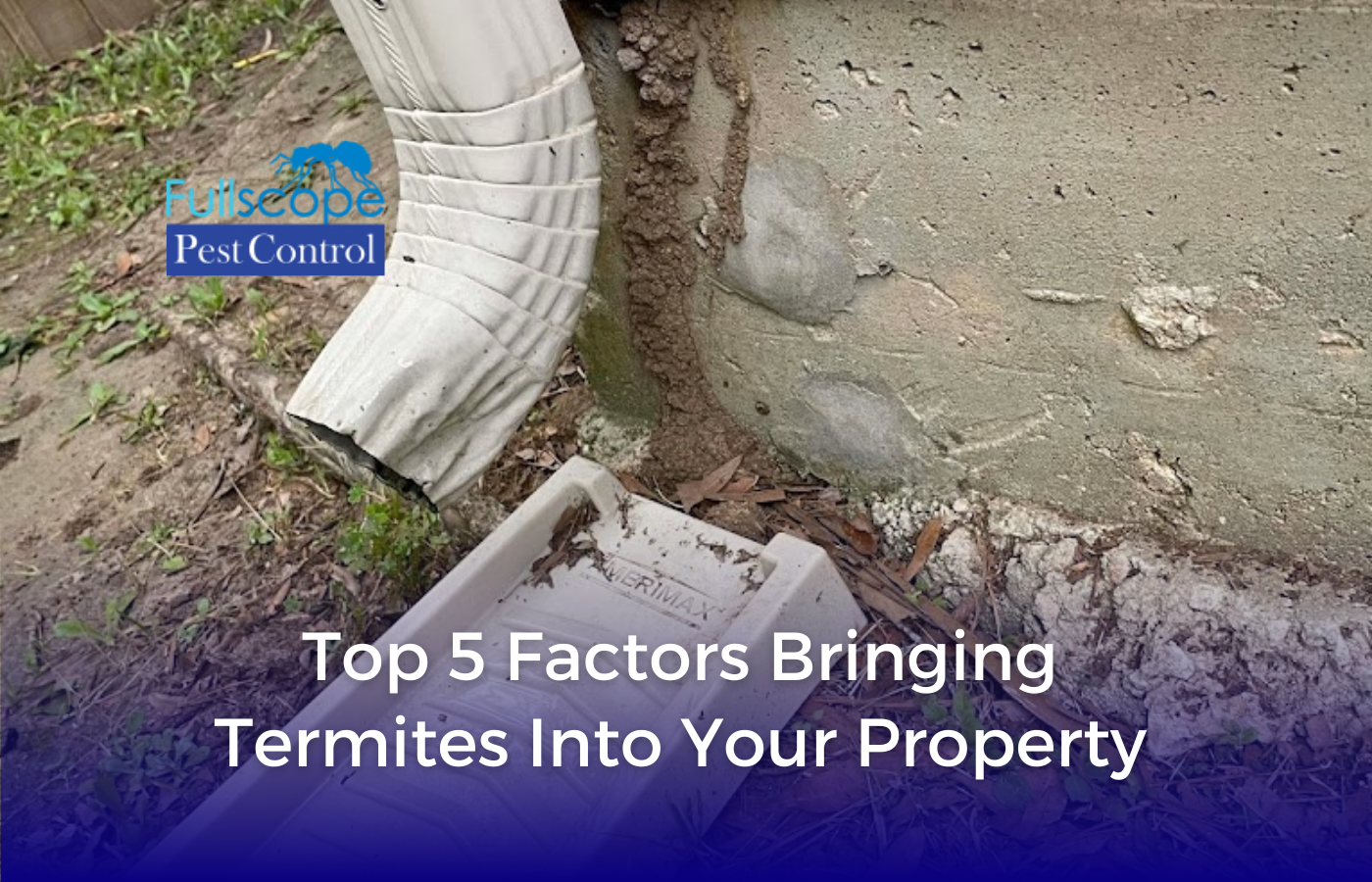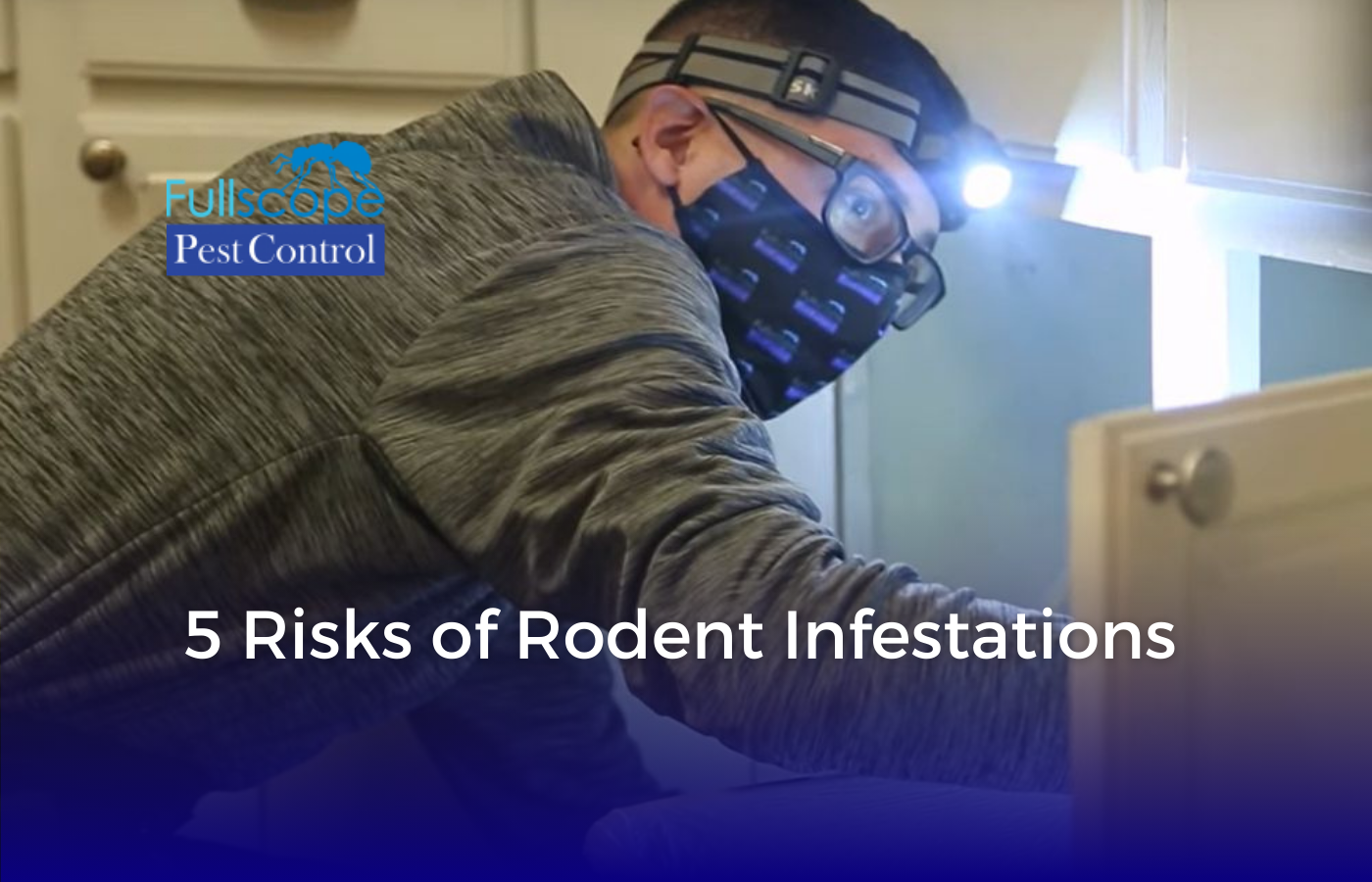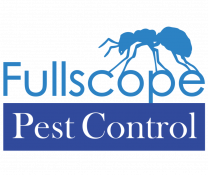Dry, patchy and yellow grass can make your yard look sad and poorly maintained. In the summer, dried and yellow lawns are commonly caused by under-watering. It is easy to identify under-watering because it usually spans the entire lawn.
Patches of yellow, brown or dried spots can be a sign of a bigger problem such as poor soil, animal urine, insects or other pests. This article will help you identify why your grass is turning yellow and what you can do to fix it.
Must Read :DIY ANT KILLER – WHAT WILL AND WON’T WORK
Lack of Nutrients
One of the most common reasons your lawn may be turning yellow is a lack of nitrogen or other vitamins. Another sign of low vitamins is if your grass is growing slower than normal, especially in the summer. Lawn yellowing due to lack of vitamins can easily be repaired by adding compost or fertilizer. Fertilizer can always be helpful but make sure to follow the instructions and use the proper doses. Over fertilizing can burn grass and cause more harm than good.
Lawn Scalping
A common problem that can cause dry and yellow looking grass is “lawn scalping” or cutting your grass too short. Cutting your lawn too short can cause it to turn brown. Avoid this by adjusting your mower settings and only mowing when necessary.
Dog Urine
If you are a dog owner, this may likely be the cause of the yellow spots in your grass. Yellow spots surrounded by otherwise green grass may indicate the spots have been caused by your dog peeing there. Dog urine has very high amounts of nitrogen. Too much nitrogen can burn the grass. If you believe this is the cause of your yellowing, you can soak the area with water to try and dilute the nitrogen. As well, some say that adding a small amount of dish soap can help wash urine from the grass.
Grey Leaf Spot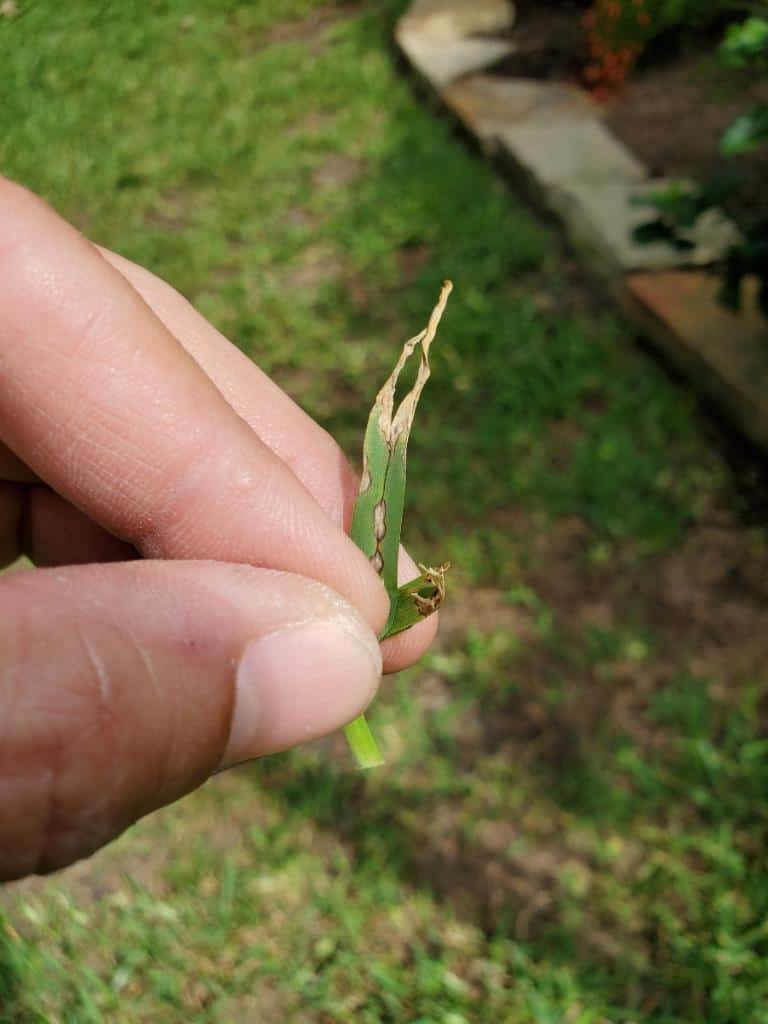
Grey leaf spot is a fungal disease that commonly effects St. Augustine grass. This causes thinned clusters of off colored grass. This disease can be easily mistaken for drought but is a lot more difficult to treat. Affected grass can be identified by yellow and brown lesions on blades of grass. If you have identified the problem in your lawn to be grey leaf spot, avoid making it worse by only watering your grass in the morning. Watering in the evening and at night creates a more ideal environment for the fungus to spread in. Grey leaf spot is best treated by a lawn or pest professional.
Pest Infestation
There are a wide variety of pests that may cause yellowing or browning of your grass. Most common of these pests are chinch bugs. Chinch bugs drink the sap from the grass removing the nutrients the grass needs to survive. These especially love St. Augustine grass. If you suspect your lawn is infested, utilize proper watering techniques by avoiding over watering and watering in the evening. Billbugs, skippers and grub worms are also common culprits that cause yellow grass. If you suspect your lawn is infested by any of these bugs, it is best to call a pest professional for inspection and treatment.

